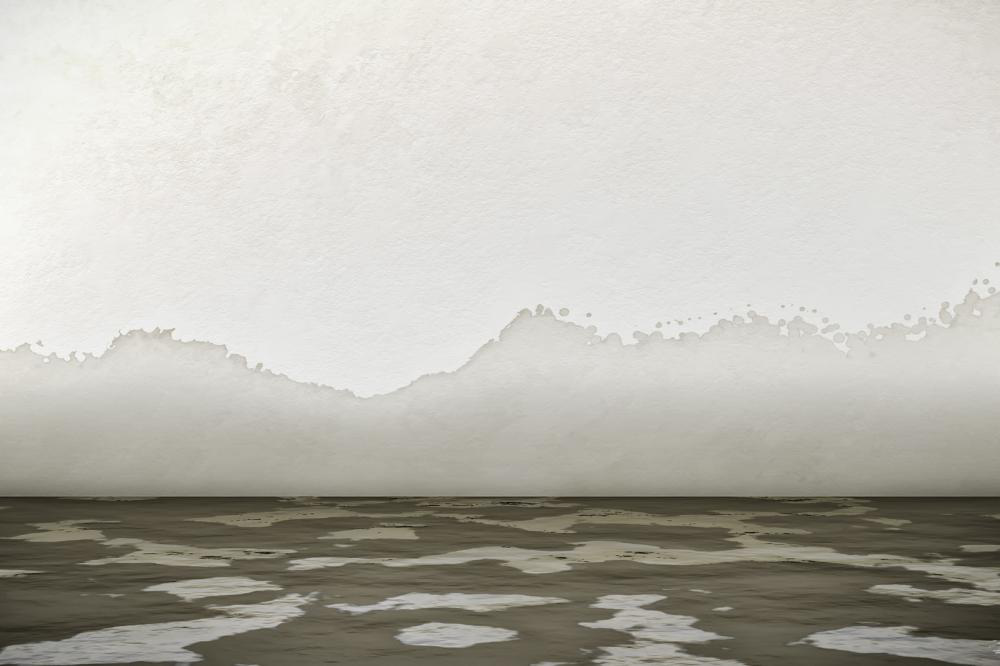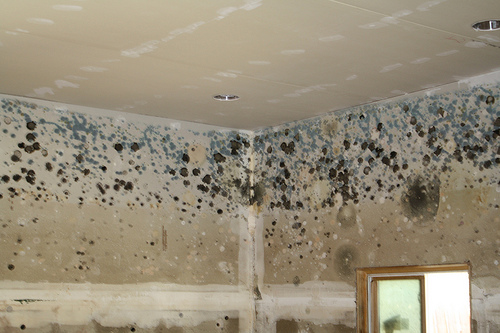Every person seems to have their personal way of thinking involving How to Repair and Prevent Bathroom Water Damage?.

Water damage usually happens in the bathroom because of the water utilized day-to-day. Often, the damages could be a little mold from the shower. Other times, it's enormous damages on your floor. Whatever it is, it is always excellent to understand the cause as well as prevent it prior to it takes place.
This overview will certainly experience a few of the usual sources of water damage in the restroom. We will certainly also analyze what you can do to prevent these causes from harming your bathroom. Let's dive in.
These are the typical factors you would have water damage in your shower rooms and how you can identify them:
Excess Dampness
It's awesome to have that lengthy shower as well as dash water while you hem and haw and also imitate you're performing, but in some cases these acts might trigger water damage to your shower room.
Sprinkling water around can trigger water to visit corners and form mold and mildews. See exactly how you spread excess moisture around, as well as when you do it, clean it up to avoid damages.
Cracks in your wall surface tiles
Washroom wall surface floor tiles have been particularly created for that purpose. They shield the wall surface from moisture from individuals taking showers. Nonetheless, they are not indestructible.
Often, your bathroom wall floor tiles crack and enable some dampness to seep into the wall. This might possibly damage the wall if you don't take any action. If you observe a split on your wall surface floor tiles, repair it instantly. Don't wait up until it ruins your wall.
Overflowing bathrooms as well as sinks
As people, in some cases we make errors that might trigger some water damage in the restroom. For example, leaving your sink tap on can create overruning as well as damage to various other parts of the shower room with wetness.
Also, a defective toilet can trigger overflowing. As an example, a busted bathroom handle or various other parts of the cistern. When this takes place, it might harm the floor.
As soon as you observe an overflowing sink or commode, call a plumbing professional to help manage it right away.
Ruptured or Leaking Pipes
There are many pipelines carrying water to various parts of your shower room. Some pipes take water to the commode, the sink, the faucets, the shower, and also numerous various other locations. They crisscross the little location of the washroom.
Occasionally, these pipelines could get rustic and also ruptured. Various other times, human action can cause them to leak. When this occurs, you'll discover water in the edges of your washroom or on the wall surface.
To detect this, keep an eye out for gurgling wall surfaces, mold and mildews, or mold. Call an expert emergency situation plumbing professional to repair this when it occurs.
Roofing Leaks
In some cases, the problem of water damage to the bathroom could not originate from the restroom. For example, a roof covering leak could create damage to the washroom ceiling. You can identify the damage done by considering the water spots on the ceiling.
If you find water discolorations on your ceiling, inspect the roof covering to see if it's damaged. After that, call an expert to help fix the issue.
Verdict
Water damage to your bathroom can be annoying. Nevertheless, you can manage it if you avoid several of the causes pointed out in this overview. Call a professional emergency plumbing technician if you notice any serious damage.
How to Repair a Water-Damaged Wall in the Bathroom
All you need to know to repair bathroom wall water damage – from identifying the water source to finishing the repair professionally. If you don’t act quickly to resolve a water damage problem, you could find that it develops into a mold issue and/or cause structural damage to your home. Follow this guide to repair your bathroom before it's too late.
All you need to know to repair bathroom wall water damage
Water damage is a common household problem, and one that, if left unrepaired, can quickly lead to structural problems and health issues. The two most likely rooms where water damage may occur is the bathroom and the kitchen – where water is used often and there is high humidity.
What is water damage?
It is easy to think of water damage as caused by a flood or leaking tap or burst water pipe. However, when water damage is assessed, there are three main categories into which water falls (as classified by the American National Standards Institute). These categories are defined as:
Category 1 Water – ‘Clear Water’
This is sanitary water. There is usually no major threat to health by washing with this water, drinking it, or inhaling if it is streaming. Most water that enters your home will be category 1 water, while most water leaving your home will be either category 2 or 3 water. It may also come from melting snow, rainwater and water tanks.
Damage caused by this type of water can usually be repaired or restored, though this doesn’t mean that there are no potential health issues.
Category 2 Water – ‘Grey Water’
This is contaminated water – sometimes considerably so – and will cause illness if consumed or if it comes into contact with your skin. Water damage in this category is often caused by overflows from toilet bowls, and damage to washing machines and dishwashers. While damaged items might still be repaired or restored after damage by grey water, it is more difficult and more expensive to do so.
If the water damage in your home has been caused by grey water, it is advisable to have repairs made by professionals.
Over time, grey water will deteriorate and become black water.
Category 3 Water – ‘Black Water’
Category 3 water, also known as black water, is highly contaminated and a great risk to health. This may contain raw sewage, heavy metals, and other toxic substances. It will smell terrible.
If this is the water that has caused damage in your bathroom, do not touch it. Stop the water flowing if possible, seal the room and call the experts: it really isn’t worth the risk of ill health and disease that could be fatal. It is very unlikely that items can be repaired or restored if they have been damaged by black water.
https://www.porterscleaning.com/blog/how-to-repair-a-water-damaged-wall-in-the-bathroom/

I am very interested by How to Repair and Prevent Bathroom Water Damage? and I hope you enjoyed reading the blog post. Appreciated our write-up? Please share it. Let others discover it. Thank you so much for your time invested reading it.
Set Up An Appointment
Comments on “Humidity Triggers Destruction in the Bathroom”